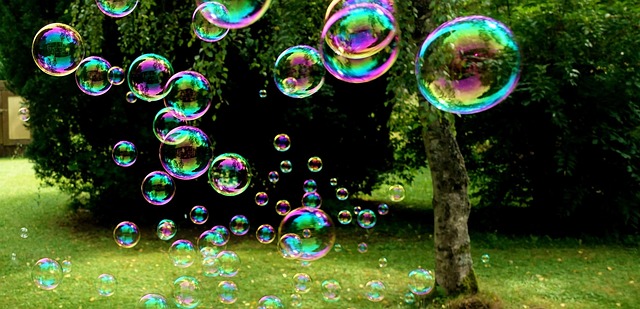Architecture is an art form that shapes our environments and influences our emotions. As designers, we hold a unique responsibility to create spaces that are not only functional but also inspire joy and creativity. One way to achieve this is by building playfulness into our designs. When we incorporate elements of fun and whimsy, we invite people to engage with architecture on a deeper level, connecting them not just to the space, but to each other and their experiences.
The concept of playfulness in architecture can be found in various forms. From vibrant colors and unusual shapes to interactive installations, these elements spark curiosity and encourage exploration. Imagine walking through a building adorned with colorful murals, clever installations, or playful landscaping that invites visitors to touch, climb, and interact. This goes beyond aesthetics; it transforms the way we experience space.
Art and design converge beautifully when we allow ourselves to embrace playfulness. Architects and artists can collaborate to create environments that not only serve their intended purpose but also tell a story, provoke thought, and evoke laughter. For instance, think of playgrounds seamlessly integrated into the urban fabric, where children and adults alike can find joy amidst bustling city life. These designs not only fulfill a functional need but also bring a sense of wonder to the daily routine.
When we focus on building playfulness, we unlock new possibilities for community engagement. Consider public spaces designed with playful elements—interactive sculptures, musical installations, or art that invites participation. These designs create opportunities for connection, collaboration, and community bonding. They encourage people to gather, converse, and experience joy collectively, which is crucial in our fast-paced and often isolating modern lives.
Moreover, incorporating playfulness into our architectural designs can have profound effects on mental health and well-being. Research has shown that environments that provoke joy and creativity can reduce stress, enhance mood, and foster a sense of belonging. When we prioritize design that brings smiles and laughter, we contribute not only to the physical environment but also to the overall quality of life of the people who inhabit those spaces.
Incorporating playful elements into architecture challenges the traditional notions of design and encourages innovation. It invites architects to think beyond conventional boundaries, to experiment with materials, forms, and functions in ways that foster joy. This shift in perspective can lead to the creation of iconic structures that resonate with people on an emotional level, making them landmarks of collective memory.
As we continue to explore the intersection of art and architecture, let us remember the importance of building playfulness. Let’s create spaces that inspire awe, encourage exploration, and most importantly, bring joy to the lives of all who experience them. By embracing play, we can transform our built environment into a canvas of creativity, wonder, and connection.




